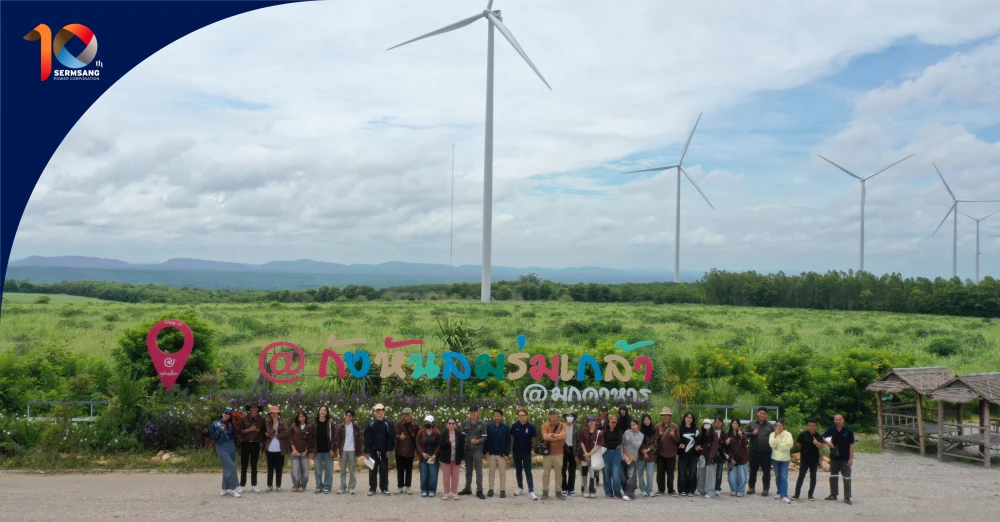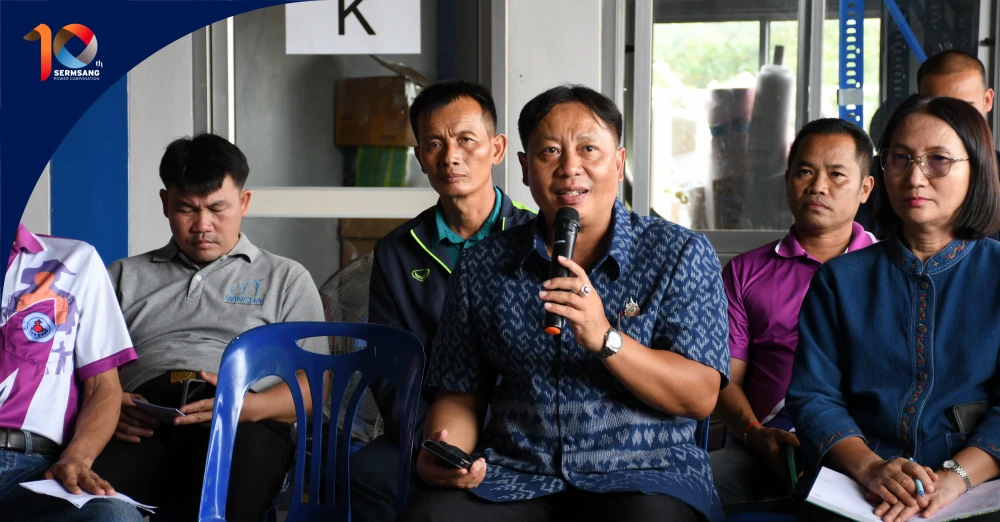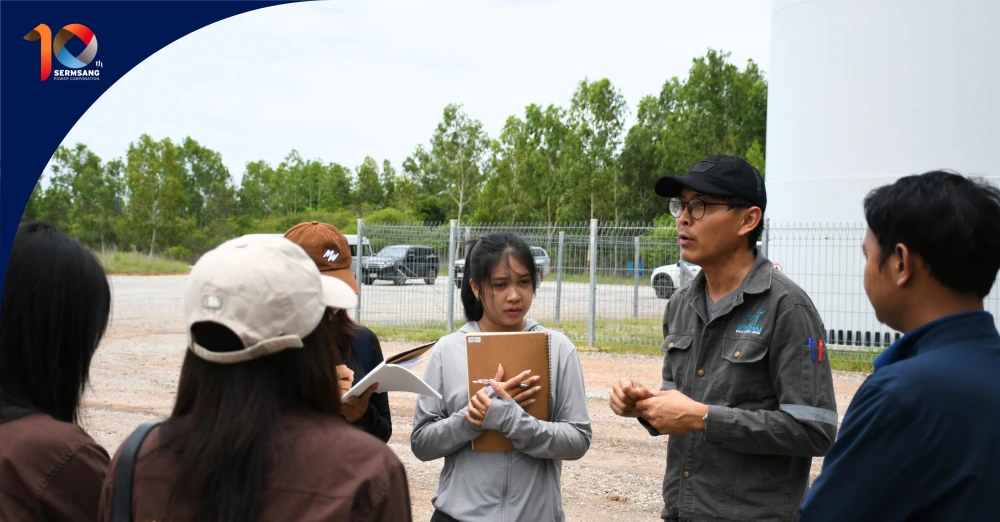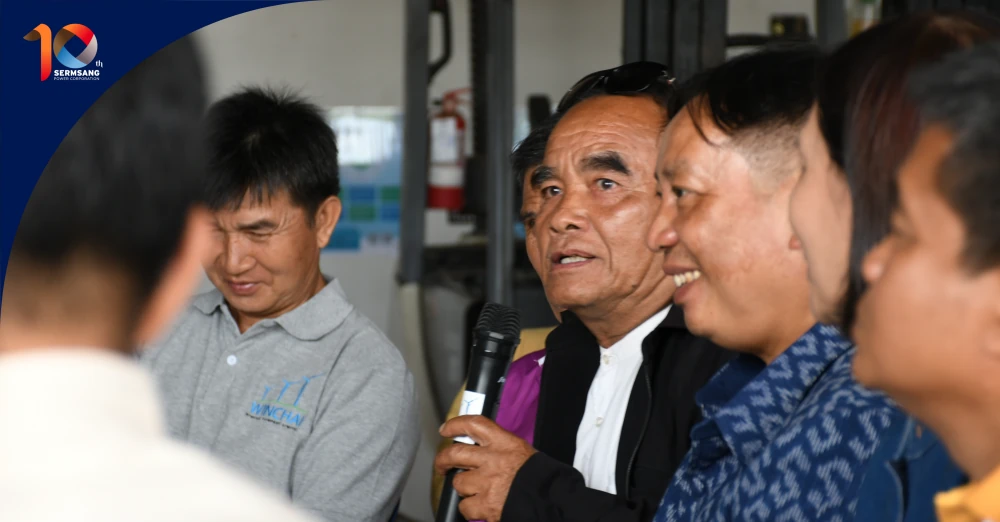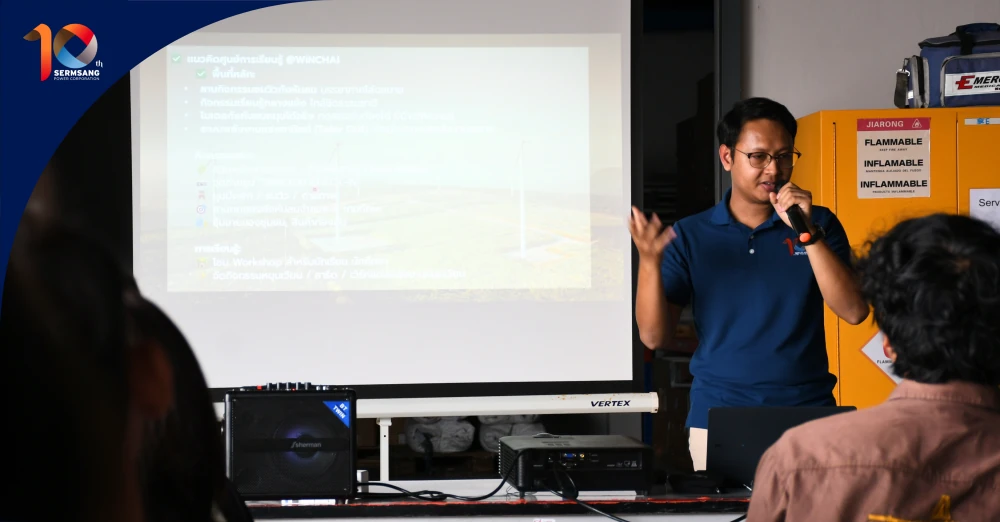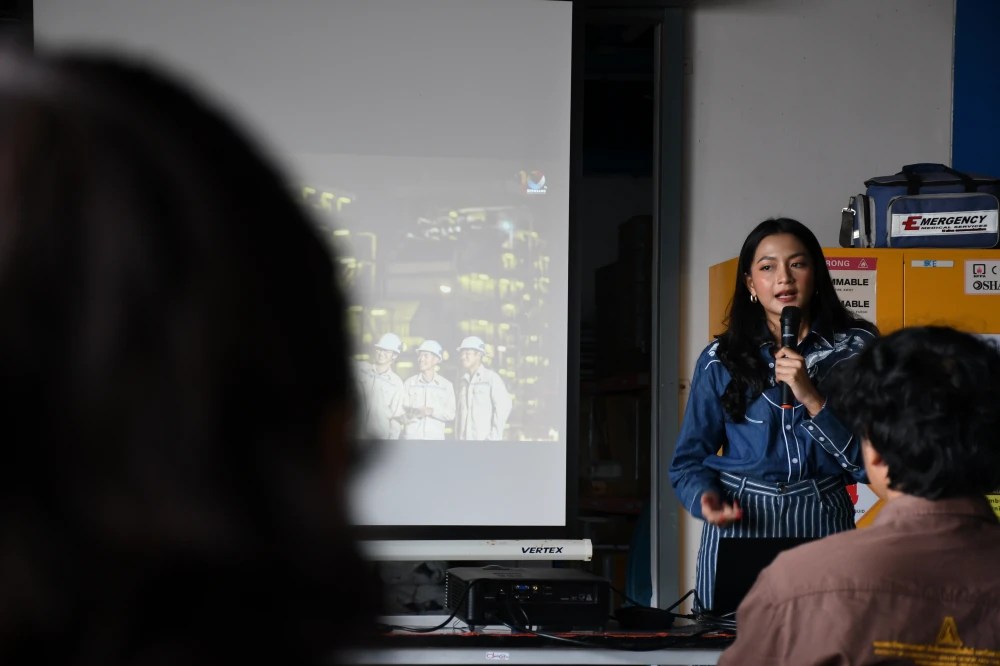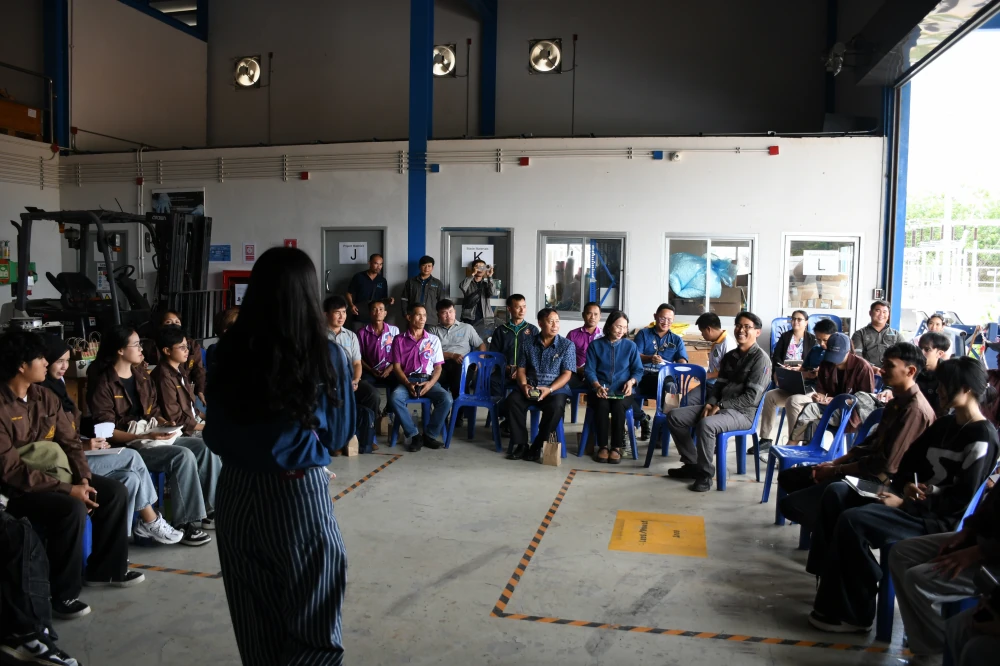Social
SSP Partners with Mahasarakham University to Drive Sustainable Community Project
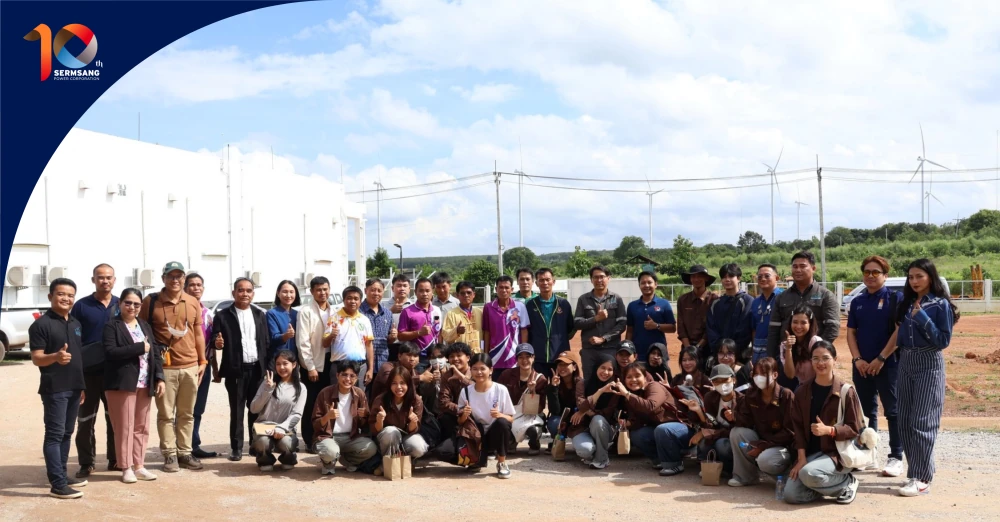
SSP Power Corporation PCL. (SSP) has announced a partnership with Mahasarakham University to develop the design concept for the ‘Romklao Wind Farm Clean Energy Learning Center’ in Mukdahan province. The project aims to establish a central hub for renewable energy education, promote cultural tourism, and sustainably enhance the quality of life for the local community. The project, which involves seven villages in the Romklao subdistrict, is expected to be completed and fully operational by 2026.
Recently, faculty members and students from the Landscape Architecture program at the Faculty of Architecture, Urban Design, and Creative Arts at Mahasarakham University visited the project site to conduct research and gather data for the learning center’s design. This collaboration highlights SSP’s commitment to integrating academic knowledge into tangible, real-world project development.
Design that Integrates Local Culture and Livelihoods
To promote and preserve the community's unique identity, SSP and the academic team hosted a knowledge-sharing forum with the Romklao subdistrict tourism promotion committee. This engagement provided a deeper understanding of the local way of life, cultural heritage, and the ethnic diversity of the Kha and Phutai tribes. The research also included an in-depth study of the “Talung cotton weaving” which features distinctive windmill patterns. The data collected from this field visit will be integrated into the design to ensure it is contextually relevant and sustainably enhances cultural value.
Driving Multidimensional Sustainability
The ‘Romklao Wind Farm Learning Center’ is set to become a new landmark for Mukdahan province, driving sustainability across multiple dimensions: energy, environment, culture, and economy. It is anticipated that this project will play a significant role in creating local employment opportunities and extending the value of indigenous cultural products through educational tourism. This initiative is in full alignment with SSP’s vision to leverage “clean energy” as a key mechanism for a truly “bright and sustainable future.”

